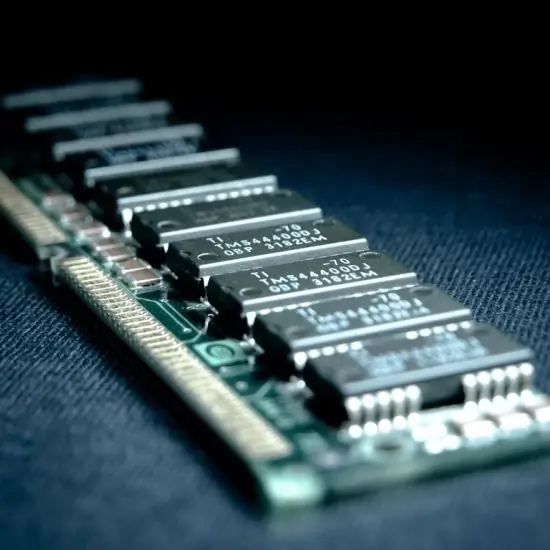The blue "screen of death" in the Windows operating system, as well as critical BSOD errors, often occur due to problems with the computer's RAM - its random access memory. What indicates a malfunction of the RAM bar and how to test the RAM for errors?

Necessary
Memtest program
Instructions
Step 1
First you need to figure out if there are any failures in the RAM. Damaged RAM generates errors with the “memory” keyword. If your computer freezes or restarts on a blue screen, feel free to check the RAM.
Step 2
Checking the RAM for errors is carried out by specialized startup programs, that is, these programs do not need Windows to start, so you do not have to worry - another RAM failure during the check will not occur and the program will work until final completion.
Step 3
To test the RAM, the Memtest program (Memtest 86, Memtest 86+) is used as standard. Usually, such a tool is sufficient to find out the error bar and what kind of error or malfunction it contains.
Step 4
Memtest can be downloaded from the official website - www.memtest86.com. The program is packed into an ISO image, which must be installed on a blank CD, after which, after restarting the computer, the drive must be installed in the BIOS as the first bootable component. After that, the program will load and you can start diagnosing the RAM. At the end of the diagnosis (and its time depends on the amount of RAM), the program will display a report on the computer screen
Step 5
Also in the latest Microsoft operating systems, such as Windows Vista and Windows 7, there is a built-in and quite powerful tool for checking RAM for errors. It's called Windows Memory Diagnostic. When you start your computer, press the "F8" key, and you will see the so-called "Advanced Boot Options" menu. Select "Troubleshoot Windows", and on the new screen - under "Tools" press "Enter" and select "Memory Diagnostics".






